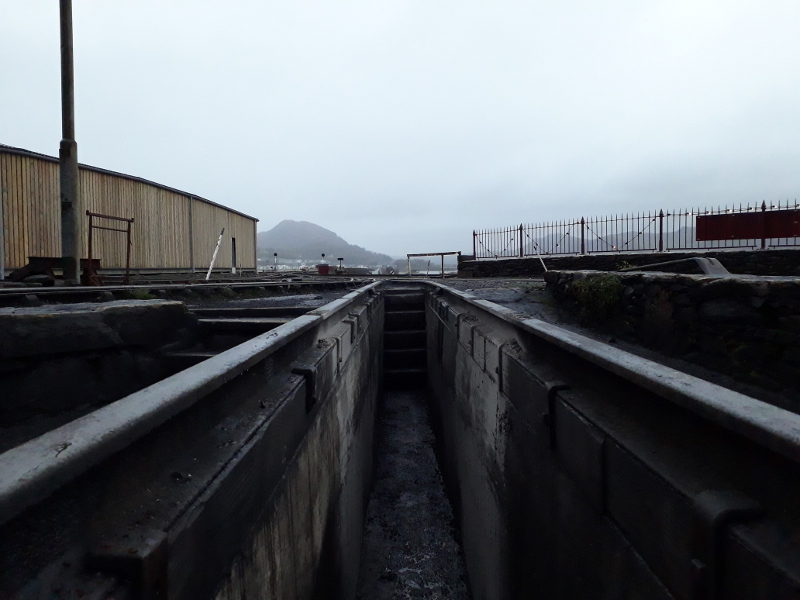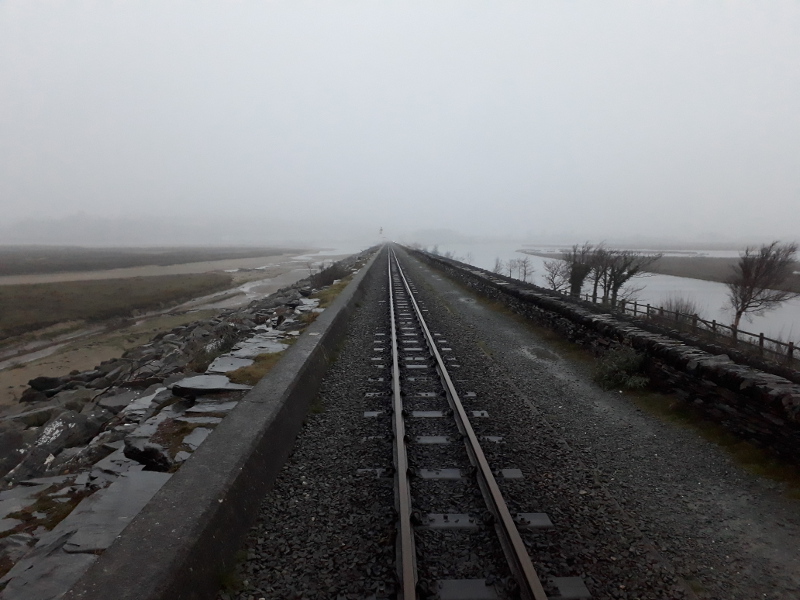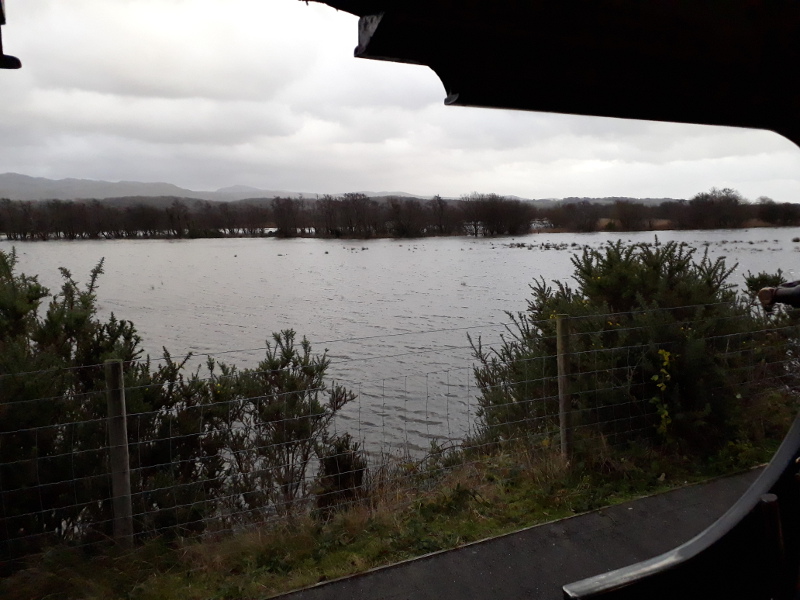Regular readers of this site might be aware that, in the past year or so, I’ve appeared on telly a couple of times, showing off my inner geekiness. If you weren’t aware: specifically, I was a contestant on the 2009-10 series of Mastermind, parading my knowledge of French history (I won, hurrah!) and steam trains (lost, but not because of the trains).
It was all great fun and a grand couple of days out. Indeed, if you ever get the chance, I’d recommend going on either Mastermind, Countdown or Jeremy Kyle — they’re all filmed in studios alongside each other — because, if nothing else, the backstage food is very good* and it’s always nice to get pampered.**
Now, I’d never tried doing that sort of thing before, despite people saying “oh, you’re clever, you should enter [latest popular gameshow]”. And I don’t want to turn into one of those people who goes on every quiz show going, popping up every week somewhere across the TV schedules.*** But, even so, now the “you must not go on any other telly” bit of my Mastermind contract has (I think) expired, I’ve started casting an eye across the networks and thinking “maybe I could do that”.
I’m not sure that there’s much TV that I’m suited to, though. Definitely not that Channel 4 thing with Davina McCall, if it’s coming back, just because I don’t think I’m the sort of person who would get through their auditions. The more I look at the lists of game shows that are out there, the more I’m attracted to the ones where you don’t actually win anything material. Radio 4’s Brain Of Britain, for example — not TV but you get the point. I also quite fancy the thought of applying to Only Connect on BBC4, because I think I’m quite good at spotting links between things.**** The only problem is, that’s a team game; I don’t know anybody else who would want to do it (or even who watches it, apart from K), and I never know any of their music questions.
So — does anyone have any other cunning ideas? I will have to ponder it over, and see what I can enter. And, then, watch this space.
* Apart from their meringues, which were the worst meringues I’ve ever had – they had the texture of a stale bread roll.
** There were seeming armies of runners with nothing really to do other than be nice to nervous Mastermind contestants and their families. You couldn’t even try to get yourself a cup of water without a runner saying “oh, don’t get up, we’ll get that for you”.
*** Like the woman who beat me on em>Mastermind; at least, my mother said she’s spotted her on TV a few times before. I didn’t realise. Another of the contestants, too, was on A Question Of Genius not long ago.
**** If you don’t watch it: the aim is to spot connections between words or statements. A sample question: “12:00am, 1st January, 1970″ is one clue; “Newlyn” is another; the answer is “datum points”, because the former is the time datum for Unix-based operating systems, and the latter is the site of the altitude datum used by the Ordnance Survey. The full questions have 3 or 4 clues, but you get more points if you don’t use all of them.
Keyword noise: BBC, Brain Of Britain, game shows, Mastermind, Only Connect, quiz shows, radio, television.

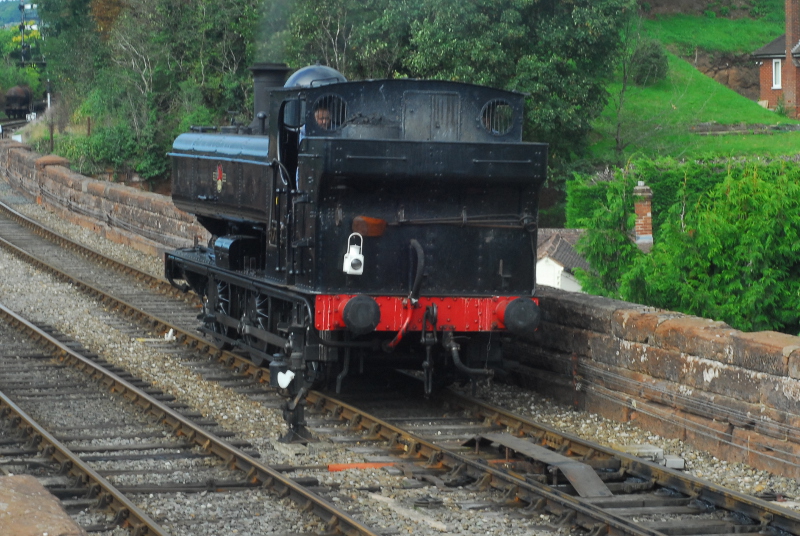
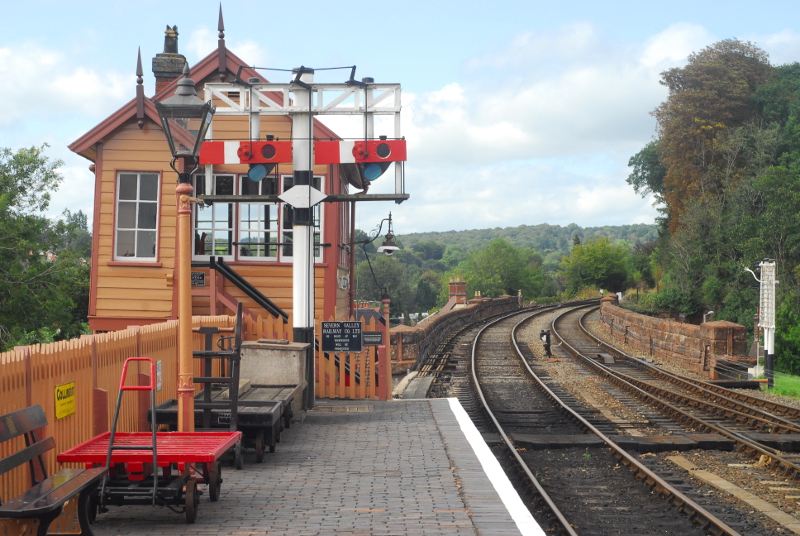


 Home
Home